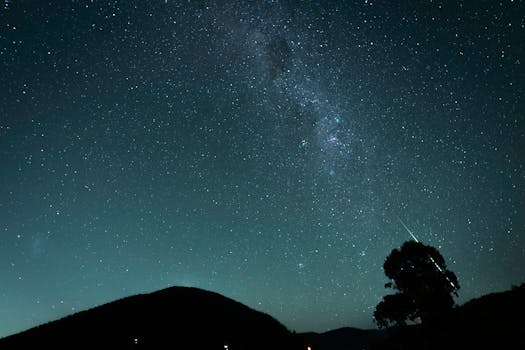
**
Eyes in the Sky: New Satellite Constellation Promises 20-Minute Earth Scans for Early Wildfire Detection
The fight against devastating wildfires is about to get a significant technological upgrade. A groundbreaking new satellite constellation, currently under development, aims to revolutionize wildfire detection and response by providing near real-time global monitoring. This ambitious project promises to scan the entire Earth every 20 minutes, dramatically improving our ability to detect wildfires in their nascent stages, when they are most manageable. This development represents a major leap forward in wildfire prevention, early wildfire detection, and satellite technology.
The Need for Speed: Why 20-Minute Scans are Game-Changing
Current methods of wildfire detection rely on a combination of ground-based observations, manned aircraft, and existing satellite imagery. However, these methods often suffer from delays, meaning fires can grow exponentially before detection. By the time a fire is spotted, it's often too late for effective containment, leading to widespread destruction and loss of life. The cost of these delays, both environmentally and economically, is staggering. This new constellation aims to address this critical issue directly.
A 20-minute global scan dramatically reduces this detection lag. This rapid revisit rate allows for the identification of even small, nascent fires before they have a chance to spread uncontrollably. Early detection translates to:
- Faster Response Times: Firefighters can be deployed swiftly, reducing the fire's spread and mitigating damage.
- Resource Optimization: Resources can be allocated more effectively, focusing on the most critical areas.
- Reduced Economic Losses: The early containment of wildfires will significantly lessen the economic toll associated with property damage and loss of livelihoods.
- Improved Public Safety: Early warnings enable timely evacuations and protect lives.
Technological Marvel: How the Constellation Works
This advanced satellite constellation utilizes a network of numerous small, interconnected satellites working in concert. Each satellite is equipped with high-resolution sensors capable of detecting minute changes in thermal infrared radiation – a clear indicator of wildfire ignition. The constellation's design allows for continuous global coverage, ensuring no area is left unmonitored.
The technology goes beyond simple detection. The collected data will be processed using advanced algorithms and artificial intelligence (AI) to not only identify potential fire outbreaks but also to analyze factors like:
- Fire Spread Prediction: Using weather data and terrain analysis, the system will predict the likely path of a wildfire.
- Fire Severity Assessment: Determining the intensity and potential danger of a wildfire will allow for appropriate resource allocation.
- Smoke Plume Tracking: Tracking smoke plumes can provide additional crucial information for predicting fire behavior and location.
This sophisticated analysis creates a comprehensive and detailed picture of the wildfire situation, providing invaluable information for firefighters and emergency management teams. The system's real-time capabilities provide a dynamic, continuously updated overview, improving situational awareness and response strategies.
Beyond Wildfires: Broader Applications of the Technology
The technology behind this wildfire detection constellation has applications far beyond firefighting. The high-resolution imagery and rapid revisit rates make it ideal for a range of environmental monitoring tasks, including:
- Deforestation Monitoring: Detecting illegal logging and deforestation activities in real-time.
- Glacier Monitoring: Tracking changes in glacial melt rates to better understand climate change impacts.
- Agricultural Monitoring: Assessing crop health and identifying areas needing attention.
- Disaster Response: Providing crucial information during other natural disasters, such as floods and hurricanes.
This versatility ensures the long-term value of the investment in this satellite constellation, offering a significant return on investment beyond its core wildfire detection function.
Challenges and Future Outlook for Satellite-Based Wildfire Detection
Despite the exciting potential, several challenges remain. The sheer number of satellites required for 20-minute global coverage presents a significant logistical and technological hurdle. Data processing and transmission require immense computing power and robust infrastructure. Furthermore, the cost of developing and deploying such a system is substantial, necessitating substantial investment and international collaboration.
However, the potential benefits outweigh the challenges. The development of this advanced satellite constellation represents a pivotal moment in our fight against wildfires. As the technology matures and becomes more widely deployed, we can expect a significant reduction in wildfire-related damage and a more proactive approach to wildfire management, contributing significantly to global environmental protection. The future of wildfire detection is clearly taking to the skies, promising a safer and more secure world.
Keywords:
Wildfire detection, satellite constellation, early wildfire detection, wildfire prevention, remote sensing, satellite technology, earth observation, AI in wildfire detection, environmental monitoring, disaster response, global coverage, high-resolution imagery, real-time monitoring, wildfire management, climate change, deforestation monitoring, agricultural monitoring, fire spread prediction.



















